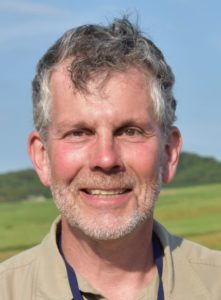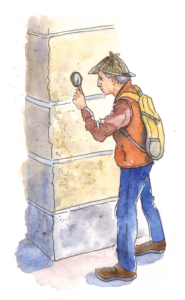
The Lecture – Exploring History and Nature in the City (Seattle)
Quimper Geological Society welcomes back our friend David B. Williams, author, naturalist, and tour guide.
David B. Williams will speak about his two new books: Seattle Walks and Wild in Seattle. In his talk, David will discuss how urban dwellers can get to know their city better by getting outside, walking, observing, and paying attention. He will share some of his adventures including birding at 60 mph, the pleasures and discoveries to be made by going back to the same location repeatedly, and how to date a 1100-year-old earthquake. This talk will appeal to newcomers, visitors, and longtime residents hopefully giving everyone new ways to appreciate Seattle, as well as inspire them with ways to connect with their hometown.
David will have some books available to purchase before and after the lecture.
Please join the QGS community on December 6, 2025, at 4pm. The lecture will be at the First Baptist Church, 1202 Lawrence Street, Port Townsend. (Entrance in the back.) Door opens at 3:30. Donations gratefully accepted.
About the speaker
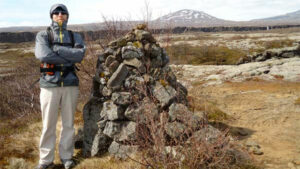
David B. Williams is an author, naturalist, and tour guide whose award-winning book, Homewaters: A Human and Natural History of Puget Sound is a deep exploration of the stories of this beautiful waterway. He is also the author of Too High and Too Steep: Reshaping Seattle’s Topography, Stories in Stone: Travels Through Urban Geology, as well as Seattle Walks: Discovering History and Nature in the City. Williams is a Curatorial Associate at the Burke Museum and writes a free weekly newsletter, the Street Smart Naturalist (https://streetsmartnaturalist.substack.com/ – by clicking the “No thanks” you may access the previous newsletters). More information about David’s books may be found at www.geologywriter.com

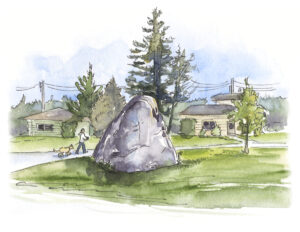


 Tom Badger
Tom Badger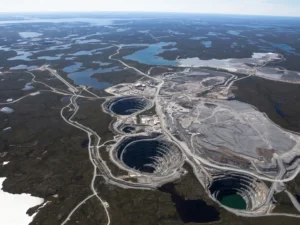
 Earth’s mantle and then are brought rapidly to the surface in CO2-rich explosive eruptions. No such eruptions have occurred in human history, but we know they occur only in the interiors of continents, where they produce narrow vertical ‘kimberlite pipes’ that are mined in Africa, Russia, and, more recently, Canada. Tiny diamonds with a completely different origin have been found in meteorites, and some of these appear to predate the formation of our solar system. Nowadays, diamonds can also be grown artificially, and these synthetic crystals are widely used in industry and, increasingly, in jewelry. For geologists, diamonds are invaluable tools for understanding the Earth’s interior.
Earth’s mantle and then are brought rapidly to the surface in CO2-rich explosive eruptions. No such eruptions have occurred in human history, but we know they occur only in the interiors of continents, where they produce narrow vertical ‘kimberlite pipes’ that are mined in Africa, Russia, and, more recently, Canada. Tiny diamonds with a completely different origin have been found in meteorites, and some of these appear to predate the formation of our solar system. Nowadays, diamonds can also be grown artificially, and these synthetic crystals are widely used in industry and, increasingly, in jewelry. For geologists, diamonds are invaluable tools for understanding the Earth’s interior.  They are used to make tiny “anvils” that allow us to conduct high-pressure laboratory experiments that replicate conditions deep inside the Earth, and they commonly contain minute inclusions of other minerals that are our only actual samples of mantle materials from depths as great as ~400 km (250 miles). Jeff provided how and where diamonds form, offered a brief summary of how we search for them, described their history as gemstones, and detailed what they tell us about our planet’s deep interior.
They are used to make tiny “anvils” that allow us to conduct high-pressure laboratory experiments that replicate conditions deep inside the Earth, and they commonly contain minute inclusions of other minerals that are our only actual samples of mantle materials from depths as great as ~400 km (250 miles). Jeff provided how and where diamonds form, offered a brief summary of how we search for them, described their history as gemstones, and detailed what they tell us about our planet’s deep interior.